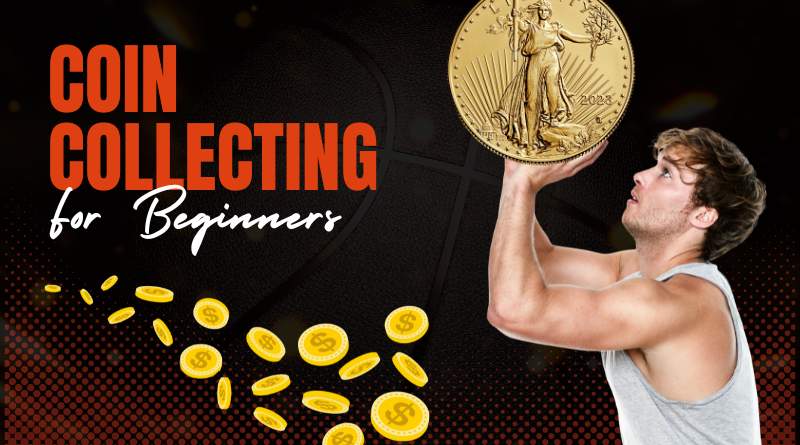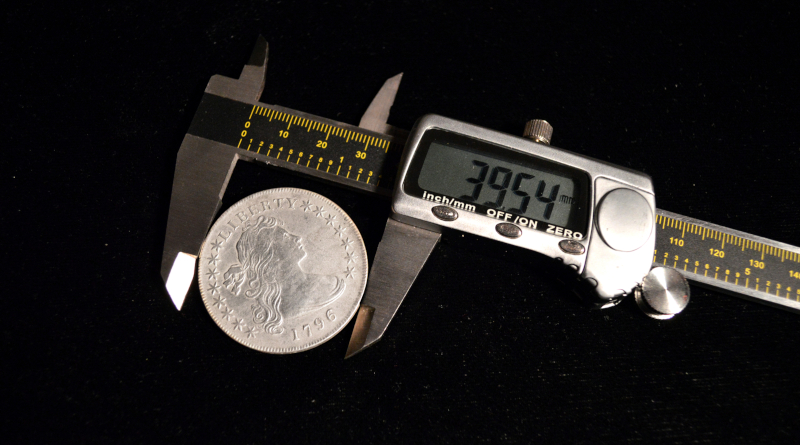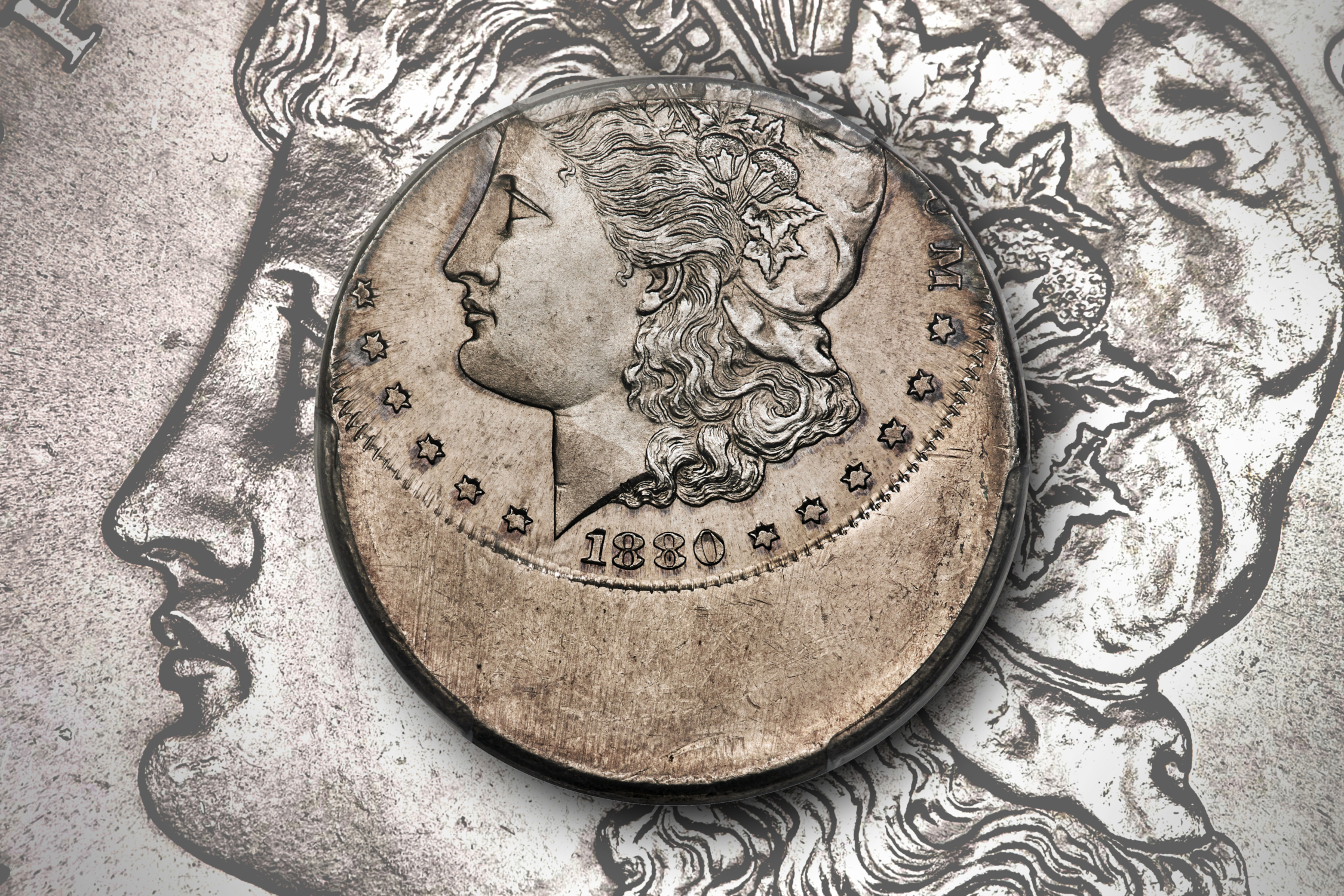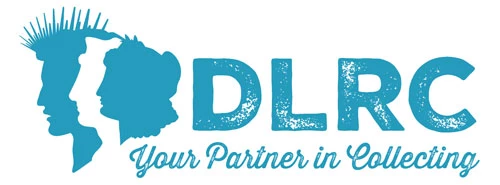Coin Collecting 302 - Error Coins
When the mint makes a mistake, people take notice. As a result, error coins can be incredibly valuable or worth face value.
Error coins can be worth tens of thousands of dollars down to a few dollars. There are many different ways an error coin can come into existence. A few factors will determine your error coin's value. However, before we get into discussing error coins, we need to differentiate error coins from varieties.
Error Coins Versus Varieties
Error coins refer to improperly minted coins due to a mistake or problem in the minting process. Mistakes may be due to issues in striking, such as double-struck coins, a problem with a coin die, or a defective blank.
Varieties refer to coins that have minor differences from the standard issue. Many early American copper coins have multiple varieties since each die was crafted by hand. For example, the 1794 large cent has at least six known varieties. These range from differences in Lady Liberty's curls to having stars around the reverse rim poppers swayed on.
Error Coins - When Things Go Wrong
Error coins refer to coins that have been produced incorrectly by a mint. These coins can contain various errors, ranging from minor blemishes to major physical defects. Common error coins can include coins struck on wrong planchets, coins with a missing or doubled design, coins with cuds, coins with cracks, coins with off-center strikes, coins with brockages, and coins with die caps.
A number of different factors, including faulty equipment, human error, or defective materials, can result in an error coin. In addition, the intentional manipulation of the coining process for profit, albeit illegal, can also produce error coins. Error coins are generally scarce and can be worth significantly more than their face value. However, some types of errors are so common they are only worth a few dollars.
The Top Ten Error Types
There are hundreds, if not thousands, of different error types. However, here are a few of the most popular error types that you may find.
1. Wrong Planchets: Coins struck with the wrong metal or size planchet.
2. Missing or Double Struck: Coins that were struck without a design or with a design that is struck twice.
3. Cuds: Coins with raised bumps caused by a failing or defective die.
4. Cracks: Coins with lines in the metal caused by metal fatigue.
5. Off-Center Strikes: Coins with a design that is not centered on the coin.
6. Brockages: Coins with an impression from a previous coin that was struck on the same die.
7. Die Caps: Coins with a design that is surrounded by a raised edge caused by multiple coins being fed into the coining chamber at the same time.
8. Struck Through Errors: Coins with foreign objects that were struck into the coin's surface.
9. Lamination Errors: Coins with a piece of metal that has separated from the coin.
10. Multiple Strikes: Coins with numerous images caused by the coin being struck multiple times.
How Much is My Rare Coin Worth?
Error coins can be some of the most valuable coins, but this is not always the case. Unfortunately, many new collectors wrongly assume that all error coins are worth a lot of money, but in reality, the value of an error coin depends on many factors.
These factors include the severity and rarity of the error, the type of error, the coin's condition, and the type and age of the coin. Valuing error coins can be challenging, as there is no standard value or grading system for errors. Additionally, the quality and rarity of a given error can vary significantly from coin to coin. As such, it is important to do research and consult with an expert when valuing an error coin.
It is also important to note that the value of an error coin can be affected by its marketability. Some error coins may be rare, but if there is no demand for them, their value may not be as high as coins with more widespread appeal. Ultimately, error coins can range from being extremely valuable to be worth no more than their face value.
In summary, the two major factors that influence the value of an error coin are the popularity of the type of coin and the severity of the error. For example, a minor error on a nickel three-cent piece will add very little value over its numismatic price. This is mostly because nickel three-cent pieces are not widely collected. However, a double-struck Morgan silver dollar would command an extremely high price. This is primarily due to the fact that Morgan dollars are popular, and a double-struck silver dollar coin is quite spectacular.
Want to Learn More?
There are many different books on error coins. However, one of the best books to pique your interest in U.S. error coins would be to acquire a copy of the 100 Greatest Error Coins by Nicholas Brown and published by Whitman publishing. This coffee table-sized book has large stunning photographs and descriptions of the top 100 U.S. error coins.

Download the Greysheet app for access to pricing, news, events and your subscriptions.
Subscribe Now.

Subscribe to RQ Red Book Quarterly for the industry's most respected pricing and to read more articles just like this.
Author: James M Bucki
Related Stories (powered by Greysheet News)
View all news
A die variety occurs when there is an intentional or unintentional change or variation to the design on the coin die.

There are many reasons people start collecting coins: for fun, profit, even investment. It's best to learn the basics before you jump in too quickly.

Detecting counterfeit coins is a science that requires skill and experience to perfect.









Please sign in or register to leave a comment.
Your identity will be restricted to first name/last initial, or a user ID you create.
Comment
Comments